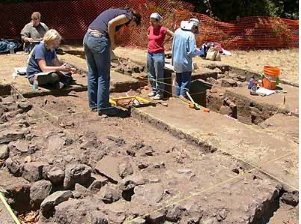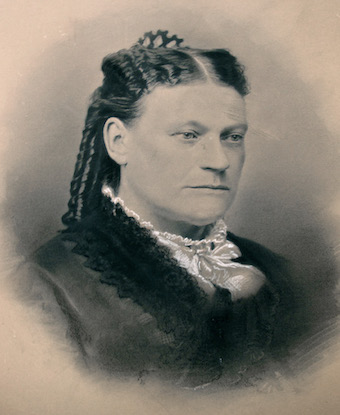Juana's mother and maternal grandparents traveled over 1600 miles to colonize California with the De Anza expedition in 1776. Juana was born in present-day Santa Cruz, then called Villa de Branciforte. Her father, a retired soldier, was a founding member of Branciforte, where a majority of the population was indigenous. Through her interactions with Native Americans, Juana developed an extensive knowledge of herbal medicines. Following the death of Juana’s mother in 1812, the Briones family moved to Tennessee Hollow, near the site of El Polin Spring in the modern-day Presidio. During Juana’s lifetime, the Presidio was a fortified military village used for farming and livestock grazing. Stanford University archaeologists are currently investigating the Briones house site where they have conducted an excavation over several years.
In 1820, Juana married Apolinario Miranda, a cavalryman stationed at the Presidio, and the couple settled on land called Ojo de Agua de Figueroa, which bordered the Presidio near today's Green and Lyon Streets. Apolinario and Juana eventually had eleven children, eight of whom lived to adulthood. After Mexico won its independence from Spain in 1821, commerce increased in the San Francisco Bay. While her family lived in the Presidio, Juana tended sick sailors and converted her attic into a sanctuary for deserting sailors while arranging for their passage to her brother's ranch in the East Bay.

Archaeologists from Stanford University excavate the Briones house site on the Presidio.

